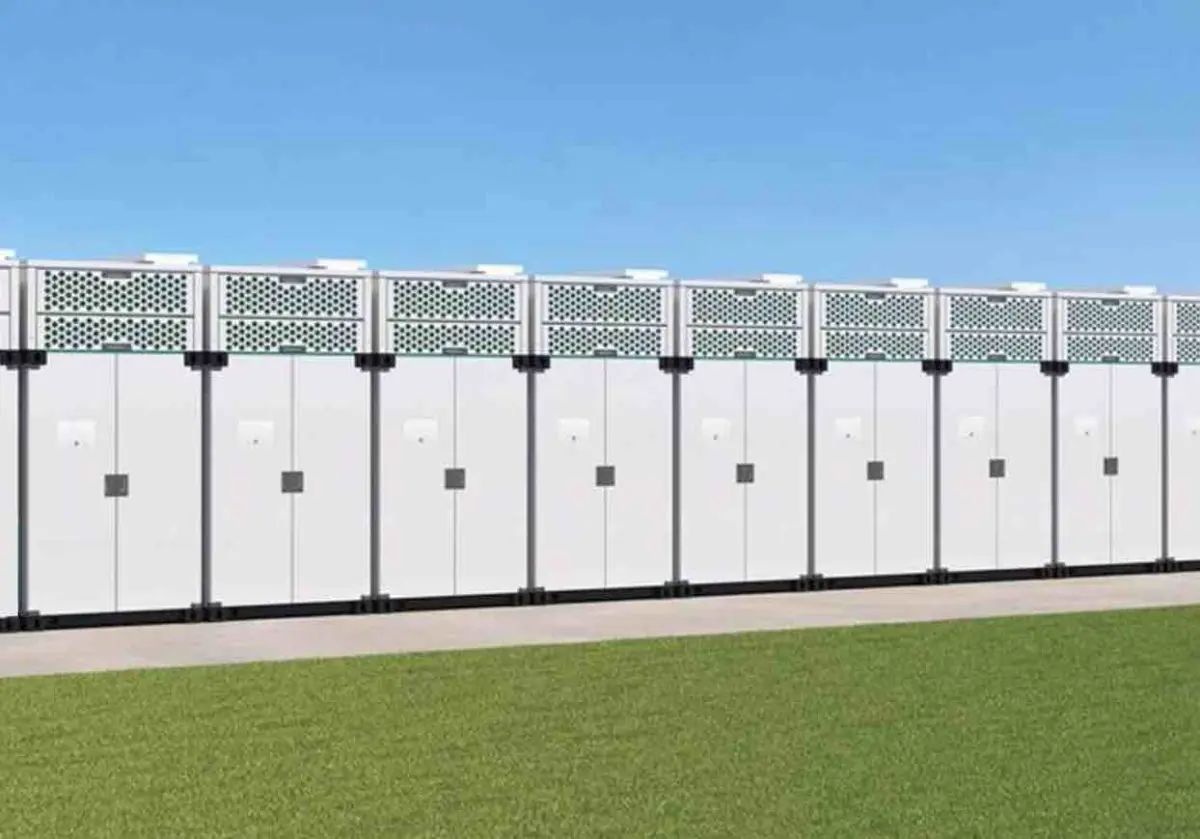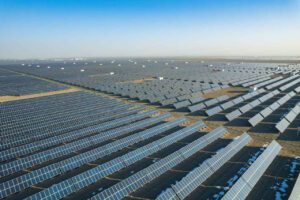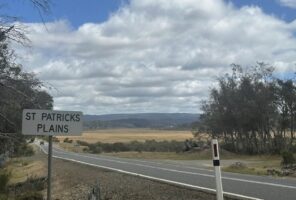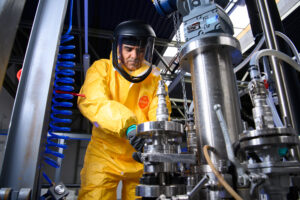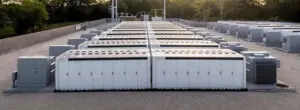Battery storage start-up Akaysha Energy – newly purchased by US investment giant BlackRock and with big plans but no completed projects – has scored a major coup by landing the contract to built the NSW Waratah “super battery.”
The battery will be one of the biggest in Australia, and the biggest “network” battery in the southern hemisphere, and will play a key role in NSW plans to replace the nation’s biggest coal generator, Eraring, when it closes in late 2025.
The Energy Corporation of NSW describes the Waratah project as the “most powerful battery in the world,” a title based on having the most megawatts — 850MW in total.
Akaysha emerged as a major player in clean energy several months ago with news of its purchase by a fund managed by BlackRock Alternatives’ Climate Infrastructure team. That deal included a commitment to to spend more than $1 billion of capital to help Akaysha develop up to nine advanced battery storage assets in Australia.
Akaysha managing director Nick Carter says they won the project because of the talent the company has brought together.
“The team itself are all made up of experienced industry professionals that have worked on lots of battery projects before. We had fantastic backing from BlackRock to support us throughout the process. And the other key reasons is, we think, our partnership with Powin and EKS Energy [a Powin subsidiary] gives us a competitive advantage in the market.”
The Akaysha lineup includes Carter, ex-AGL and Monash University Net Zero Initiative director Tony Fullelove, energy market modeller Pan Galanis, former Macquarie Capital banker Andrew Wegman, and Engie’s former grid connection lead Nick Finch.
A ‘shock absorber’ for the NSW grid
The Waratah Super Battery – which is to be built at the site of the demolished Lake Munmorah coal plant – will act as a “shock absorber” for the power system and it will allow for more electricity to flow through the NSW network.
EnergyNSW said Akaysha will be responsible for the construction of a battery that will be sized at least 700MW of capacity and 1400MWh of usable storage. The actual size of the battery will be 850MW and 1680MWh, to allow additional capacity to be traded on the market, including at off-peak times of the day.
“By operating as part of a System Integrity Protection Scheme (SIPS) to increase the transmission capacity of the existing network, the BESS will allow more power to flow from existing generators to meet the needs of the families and businesses of NSW,” the statement said.
“Some capacity will also be released at off-peak times of the day for trading. These features will place further downward pressure on the cost to electricity users in NSW.”
The battery hardware will be provided by US-based Powin LLC and built by Consolidated Power Projects Australia (CPP). Powin will provide software using the Centipede BESS platform and Stack OS control system.
“This project will be the first in a wave of gigawatt class BESS projects across the National Electricity Market and will play a critical role in the energy transition by unlocking many GWs of new renewable capacity,” Carter told RenewEconomy.
BlackRock APAC co-head of climate infrastructure Charlie Reid says the investment case for firming has taken off as more renewables have entered the National Energy Market. He believes the time is coming to consider the market first through the lens of batteries, followed by renewables.
Big plans for big batteries
Akaysha’s BlackRock-backed plans for nine different battery storage projects across Australia’s grid include another three that will be delivered by Powin, starting with the 150MW/300MWh Ulinda Park project in Queensland, which is expected to reach financial close early in the new year.
The second of these battery projects will be Orana in the central west region of NSW, which could deliver 200MW of capacity and up to eight hours battery storage (a first for Australia), and the third is the smaller Palmerston battery in Tasmania, which has an altogether different focus on providing inertia to that island grid.
Akaysha’s Carter said back in August that the attraction of Powin was its cost base, which Powin claims is around 10% lower than some competitors, and the fact that it has multiple cell suppliers, which should as a buffer to supply chain disruptions.
“It’s the ability to actually get product, which as you know, Giles, is like really hard in Australia,” Carter told RenewEconomy.
See also RenewEconomy’s interview with BlackRock’s Charlie Reid: Why BlackRock chose Australia to make its largest big battery play. And RenewEconomy’s Big Battery Storage Map of Australia

